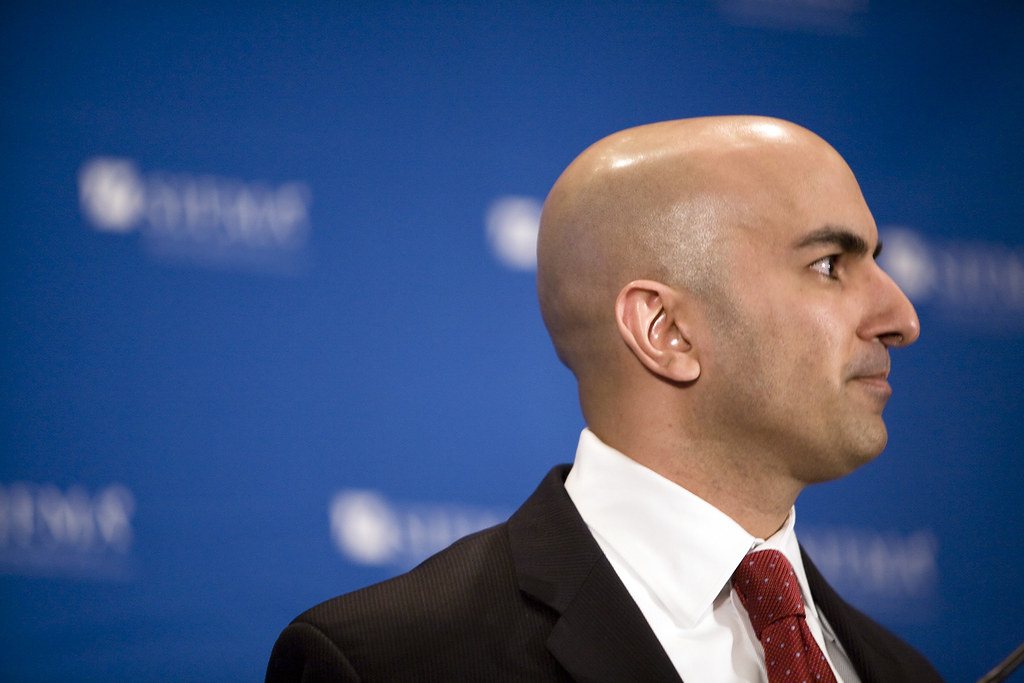Is the Upside Move in GBPUSD Seems Almost Over?
The GBP to USD exchange rate has exhibited a bullish trend over the past two months, but the bullish momentum might be over. GBP/USD rebounded from the lower end of its two-year trading range between 1.20 and 1.30. However, the recent price action suggests that this upward momentum may be losing steam.
GBP/USD Chart Weekly – The 100 SMA Is Holding As Resistance Again
One key indicator of this potential reversal is the behavior of the 100 Simple Moving Average (SMA), represented by the red line on the chart. The 100-day smooth MA has been serving as a significant resistance indicator for this currency pair this year, rejecting it earlier in March. In the case of GBP/USD , the price is now moving away from the 100-day SMA, indicating that it is acting as resistance for the pair once again.
This suggests that we might see a bearish reversal toward the bottom of the range, around the 100 simple weekly MA (yellow) as the bullish sentiment weakens. The Bank of England is contemplating to start cutting interest rates as inflation falls, as we saw yesterday from the BRC price shop index, while the FED is still pushing the deadline, which will also help in the downward reversal in this forex pair. Comments from FED’s Kashkari reinforced this idea.
Remarks by Minneapolis Fed President, Neel Kashkari, to CNBC

- No Hurry to Cut Interest Rates: Kashkari emphasized that the Federal Reserve is not in a rush to reduce interest rates. This stance suggests that the Fed is still focused on managing inflation and ensuring it is under control before considering rate cuts.
- Inflation Has Moved Sideways Recently: He noted that inflation has not shown significant downward movement recently, indicating that it remains a concern for the Fed. This sideways movement implies that inflation is not decreasing at the desired rate, which could justify maintaining or even increasing interest rates.
- Need to Wait and See: Kashkari expressed a cautious approach, stating that the Fed needs more time to assess the inflation outlook with greater confidence. This “wait and see” strategy underscores the uncertainty and the need for more data before making further policy decisions.
- Labour Market Remains Robust: The Fed is in a favorable position because the labor market continues to be strong. A robust labor market provides some flexibility for the Fed to manage monetary policy without immediate concerns about employment.
- Should Not Rule Out Anything on Policy Path: Kashkari highlighted that the Fed should keep all options open regarding future policy moves. This includes both potential rate hikes and cuts, depending on how economic conditions evolve.
Kashkari’s comments highlight the persistent uncertainty around the Fed’s potential actions in the months to come. However, it is certain that they will not be moving—at least not in June and July. This means that any significant changes to the interest rates or other monetary policies are unlikely to occur in the immediate future. This stance can influence market expectations and investor strategies, emphasizing the need for a cautious and data-driven approach to understanding future Fed actions.
GBP/USD Live Chart
| Broker | Website | |
|---|---|---|
| 🥇 |  | Visit Broker >> |
| 🥈 |  | Visit Broker >> |
| 🥉 |  | Visit Broker >> |
| 4 |  | Visit Broker >> |
| 5 |  | Visit Broker >> |
| 6 |  | Visit Broker >> |
| 7 |  | Visit Broker >> |












